- Empty cart.
- Continue Shopping
Juwaba 13 Lotus
Original price was: ₹3,200.00.₹1,850.00Current price is: ₹1,850.00.
Genus : Lotus
“Elevate your water garden with the enchanting Juwaba 13 Lotus aquatic plants. Known for their exotic beauty and alluring presence, these plants will add a touch of elegance to your aquatic oasis. Create a mesmerizing and captivating atmosphere at home.”
Lotus plants, scientifically known as Nelumbo nucifera, are aquatic plants that are highly revered for their beauty and cultural significance. They are native to various regions of Asia but are cultivated and admired worldwide. Here’s a general description of lotus plants:
Flower: Lotus flowers are large and striking, typically measuring 8-12 inches in diameter. They come in a variety of colors, including shades of white, pink, and yellow. The flowers have numerous petals arranged in a spiral pattern, giving them a distinct and captivating appearance. Lotus flowers are held above the water on long stems, adding to their visual appeal.
Fragrance: Many varieties of lotus plants are known for their pleasant fragrance. The scent of lotus flowers is often described as sweet, delicate, and slightly fruity, adding to the sensory experience of observing and enjoying these beautiful blooms.
Foliage: Lotus leaves are large, round, and often referred to as “pads.” They have a distinct appearance with a waxy texture that repels water, allowing them to float on the water’s surface. The leaves can measure up to 2 feet in diameter and provide a lush and attractive backdrop for the flowers.
Growth Habit: Lotus plants have rhizomatous growth habits. The rhizomes, which are thick and fleshy underground stems, are planted in the soil at the bottom of ponds, lakes, or other water bodies. The leaves and flowers emerge on long stems that rise above the water. Lotus plants require a sufficient water depth of around 2-4 feet to thrive.
Cultural Significance: Lotus plants hold significant cultural and religious symbolism in various cultures, including those of Asia. They are associated with purity, enlightenment, rebirth, and spiritual growth. Lotus flowers are often depicted in art, literature, and religious iconography.


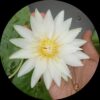
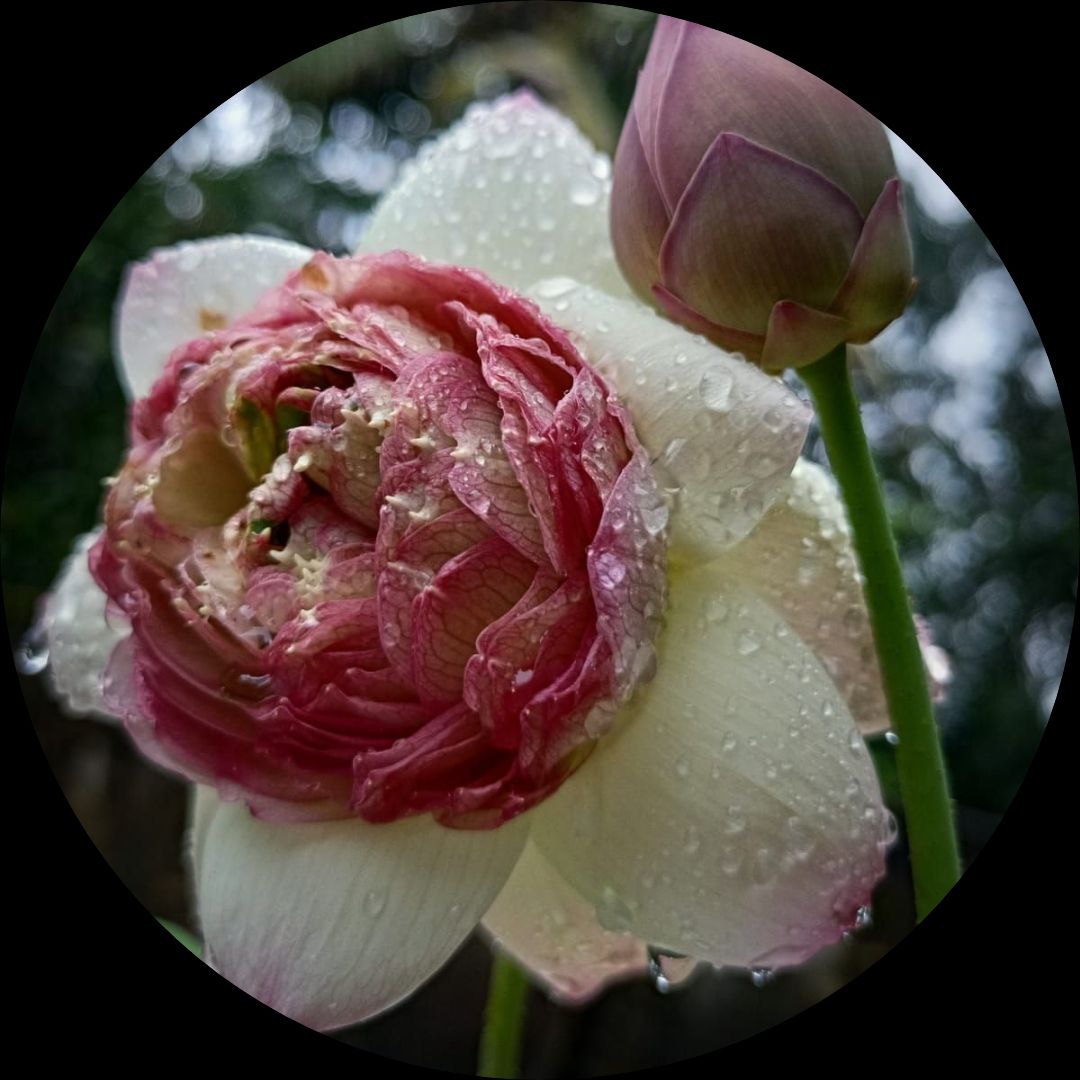

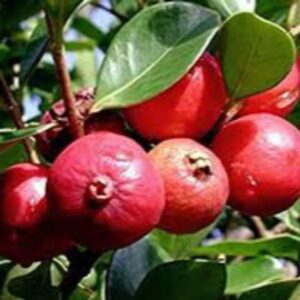
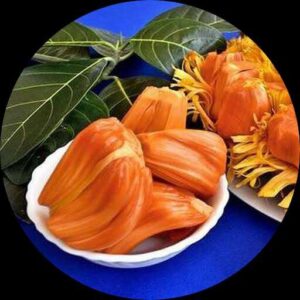

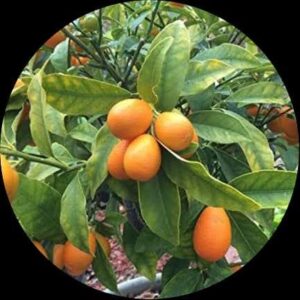
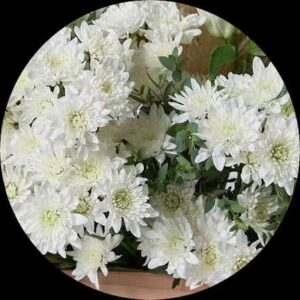
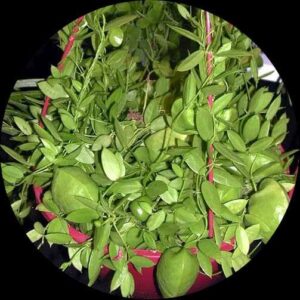
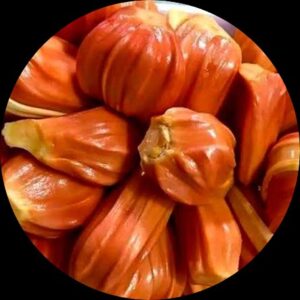
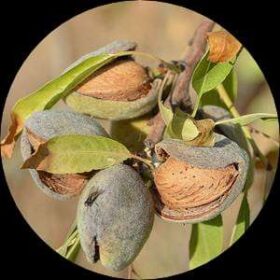
Reviews
There are no reviews yet.